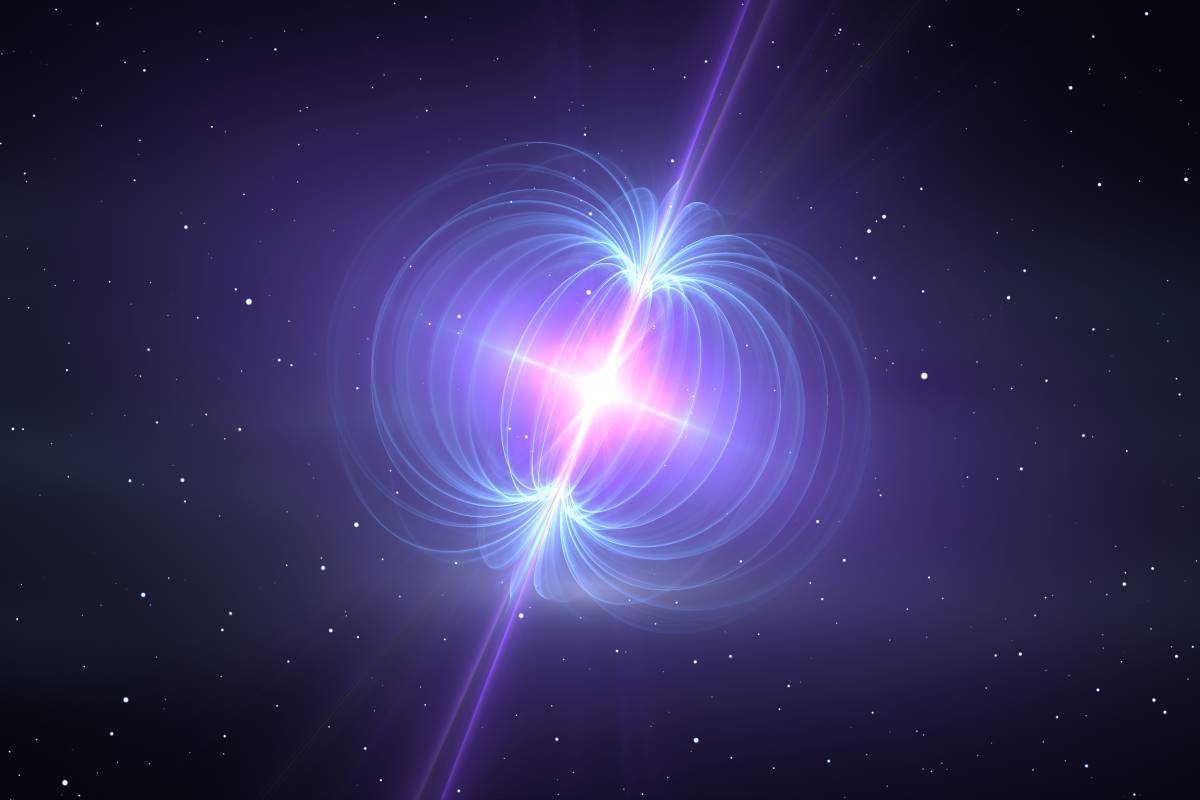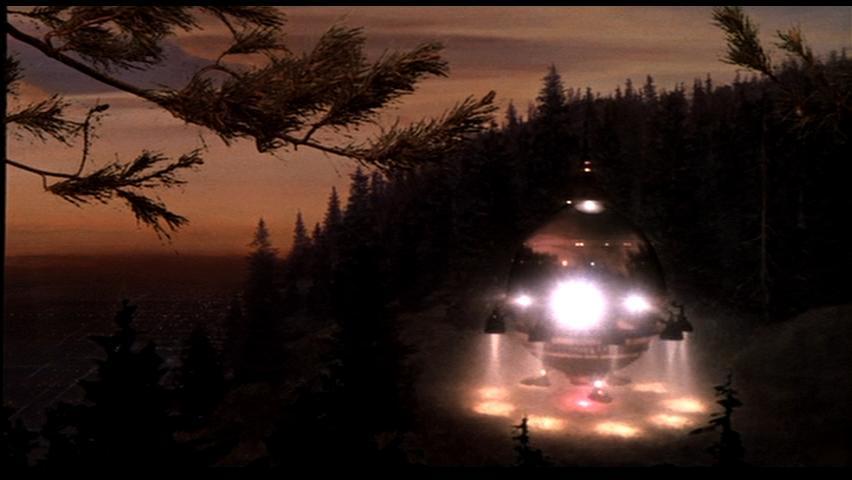







I


W


A


N


T


T


O


S


E


E


T


H


E


S

T


A


R


S


Most of us are familiar with air, water, and land pollution, but did you know that light can also be a pollutant?
The inappropriate or excessive use of artificial light, known as light pollution, can have serious environmental consequences for humans, wildlife, and our climate.
Components of light pollution include:
Glare: excessive brightness that causes visual discomfort
Skyglow: brightening of the night sky over inhabited areas
Light trespass: light falling where it is not intended or needed
Clutter: bright, confusing and excessive groupings of light sources
Its sources include building exterior and interior lighting, advertising, commercial properties, offices, factories, streetlights, and illuminated sporting venues.
The fact is that much outdoor lighting used at night is inefficient, overly bright, poorly targeted, improperly shielded, and, in many cases, completely unnecessary. This light, and the electricity used to create it, is being wasted by spilling it into the sky, rather than focusing it on to the actual objects and areas that people want illuminated.
Light pollution, the needless shining of bright lights into the night sky, has robbed whole generations of the chance to see nature on its largest scale. It is estimated that as many as eighty percent of all the people alive today have never even glimpsed the Milky Way. When a massive power outage struck southern California in the 1990s, Los Angeles residents reportedly called 911 to express alarm about strange clouds hovering overhead; they were seeing the Milky Way for the first time. The problem is not lighting in itself, but the billions of dollars worth of energy wasted each year by spilling light into the sky rather than confining it to the ground where it is needed.



